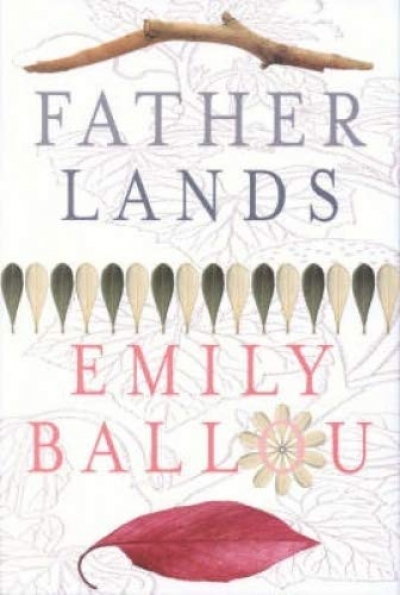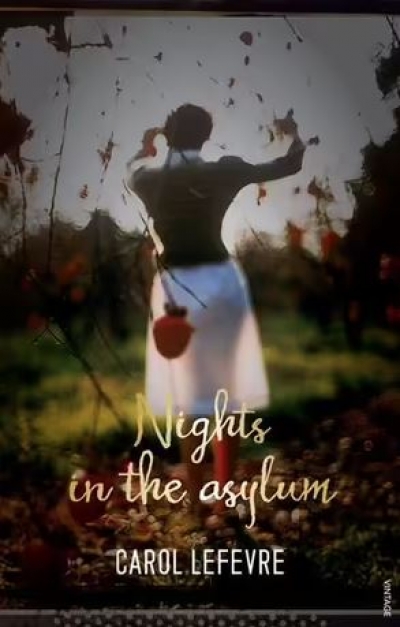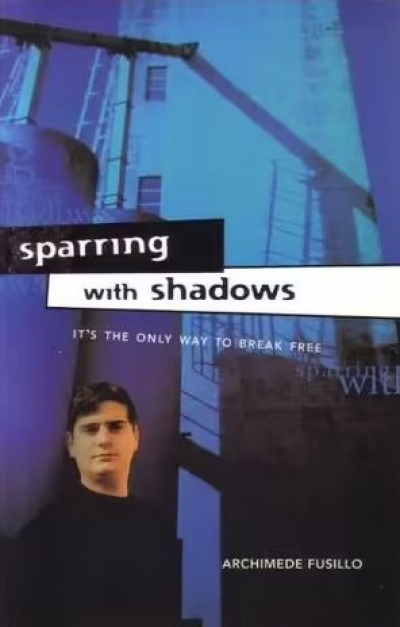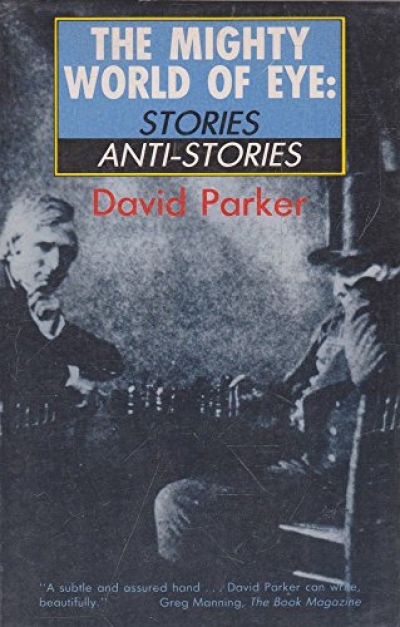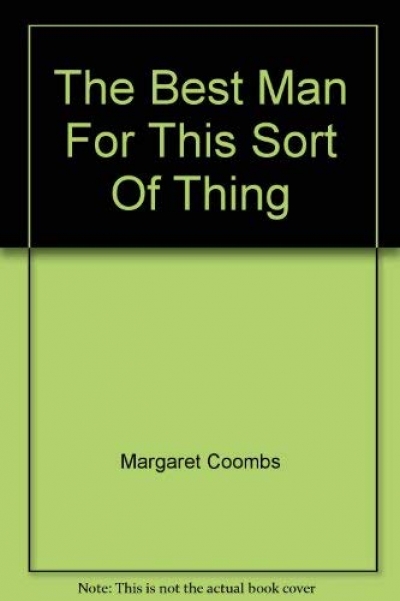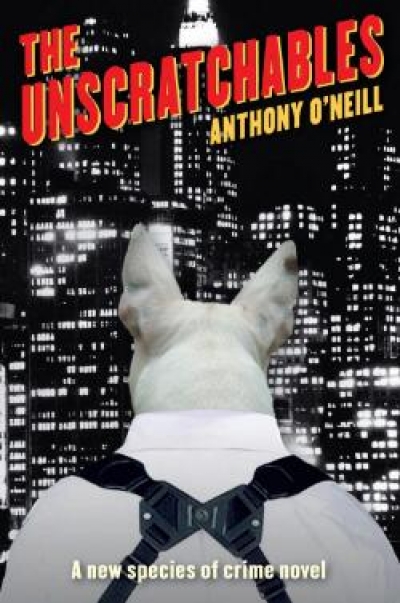Fiction
Blyton got rid of them, Dahl demonised or mocked them but adults are definitely central in the lives of young people in this recent trio of books for the emerging to the retiring adolescent.
The Keeper (Lothian, $12.95 pb, 160 pp) is aimed at the younger end of adolescence, perhaps written with the view that such readers will be willing to suspend disbelief as they will need to in this romantic story of a troubled young boy’s search for a father. Joel is twelve and lives with his grandmother on the Yorke Peninsula, and fishing is his love but fighting his tormentor, Shawn at school, and generally being disruptive, takes up much of his time. However, from the outset we are alerted to Joel’s essential goodness when he defends the meek Mei who will not fight back.
... (read more)My first thought on reading Father Lands was of Lasse Hallström’s film My Life as a Dog (1985) in the way that both novel and film enter so completely and unerringly into the world of childhood with all its quirks, illogicality, and fears. But there are other traditions at work in this novel, set in Milwaukee in the mid-1970s, and which recounts Cherry Laurel’s experience of the ‘Historical Experiment’ of integrating black and white primary school students. Ballou, an American who has made Australia her home for the last decade, may also have had in mind the use of a child’s-eye perspective that runs through American literature from Huckleberry Finn and To Kill a Mockingbird to Donna Tartt’s The Little Friend, in which matters of great historical significance, particularly the racial history of the USA, are brought into relief by the stark honesty of an ingenuous child-narrator.
... (read more)Much loved public characters who venture into fiction in their mature years are, of course, on a hiding to nothing. Their apprenticeship, their experiences, their intuitions have all been spent or deployed elsewhere. In the case of Robyn Williams, these were as a distinguished science reporter and analyst for the ABC. The knowledge and opinions that he gathered there have been brought to the making of his pre-apocalyptic first novel, 2007. This is, the cover warns, ‘a true story, waiting to happen’. Williams’s mentor in fiction is George Orwell, who is quoted with approval by a cashiered and bibulous former Cambridge don, Cyril, now exiled to a weather station at Cape Grim in north-western Tasmania (site of the world’s purest air, as it happens). Orwell advocated ‘retaining one’s childhood love’ of the things of the natural world, toads not least. The alternative was ‘hatred and leader worship’.
... (read more)Here are two novels of exile, one contemporary, the other about coming to Australia in the nineteenth century. In Carol Lefevre’s Nights in the Asylum, Miri, a middle-aged actress, escapes from Sydney and her tottering marriage, and drives back to the mining town of her childhood. On the way, she picks up an escaped Afghan refugee, Aziz, and drops him off in town, where he immediately falls foul of the inhabitants and ends up on the doorstep of Miri’s family home, uninhabited while her aunt is in hospital. The house becomes asylum for more than one outcast: Zett, the abused wife of the local cop, has already found herself there, baby in tow.
... (read more)Awareness of the tension between fantasy and realism in fiction has been heightened in recent years by the trend in young adult novels towards gritty urban realism. The tension itself is not new, however: in America half a century ago it was known as the ‘milk bottle versus Grimm’ controversy. Although there is a clear distinction between extreme examples of fantasy and realism, the intervening grey area encompasses a great deal of fiction which successfully mingles the two. Thus Sparring with Shadows, though on the face of it another example of contemporary realism, is peopled with characters who are clearly shaped to serve the author’s intentions; they’re believable but they’re not as ‘real’ as hyper-realists might prefer. Black Ice, on the other hand, is built on elements of the fantastic – spirits, poltergeists, séances, and the like – but it sets those elements against a recognisable late twentieth-century background in which a teenage girl is struggling to understand the disintegration of her parents’ marriage.
... (read more)Robyn Ferrell has written a novel as beguiling as champagne on a summer’ s evening - astringent, sparkling and more-ish. The fizz of dry wit comes bubbling up through layers of metaphor as Leo Wetherill (aptly named) embarks on a journey of self-discovery, alternately abetted and frustrated by the quixotic Weather Gods of the title.
... (read more)The Mighty World of Eye: Stories/Anti-Stories by David Parker
Fictions about academic life have always been about sex, but these days the sexiest thing to write about is theory. Fortunately for the writer who wants to write about both sex and theory, the equation between sexual and textual intercourses has excellent credentials in the poststructuralist canon. Followers of Barthes and Derrida have taken to the pleasures of the theoretical text with an eagerness aptly defined by the sexual metaphors they overindulge in. Others, less enamoured by theoretical discourses, have found that these provide an excellent target for parody and satire, and thus manage at once to partake in the playful intercourse and retain a critical, mocking distance. What tends to be forgotten, amidst all this textual cavorting, is that literary theory is a reasonably rigid intellectual discipline: playful though it may be, it is easy to get it all wrong!
... (read more)Margaret Coombs’s second novel is an account of personal struggle against oppression and an analysis of the painful growth of awareness wryly viewed with humour and compassion. This is not a tranquil recollection; it is a confronting, buffeting novel, racy, witty and uneven.
Helen Ayling (pun intended) is both protagonist and narrator. The narrator, perhaps occupying time present, views her younger Australian self living in London in the late 1960s and early 1970s, a time when she was overwhelmed by misery following the birth of her second daughter, Jemima. She is exhausted and depressed, but she knows that her problem is not biochemical. The combination of fear, exhaustion and isolation forces her, however, to accept the diagnosis of puerperal depression despite her sharp-eyed assessment of her own capacity to self-dramatize and the capacity of others for self-interest.
... (read more)Cat Tracks was originally intended as a novel for young people. It has, however, attracted a wider audience, partly because of its well-constructed story and partly because of its excellent presentation of an important conservation problem.
... (read more)A crime novel worth its chops, Anthony O’Neill’s highly original The Unscratchables is narrated by tough cop Crusher McNash, a fearless bull terrier detective who is determined to solve a chain of gruesome murders in dogland. Enter Cassisus Lap, a sophisticated Siamese with smarts, and together the odd couple bite off more than your average number of plot twists and dead-end alleys. The tale (or should that be tail?) features humorous cameos from Jack Russell Crowe, Tom Manx and Quentin Riossiti, a moggified doppelgänger to Anthony Hopkins’s Hannibal Lecter.
O’Neill’s vocabulary is witty, inventive and fun to decipher. Words such as ‘jangler’ for telephone, ‘tooter’ for car and ‘thwucker’ for helicopter complete an alternative, but not unfamiliar, reality where cats compete for universal domination at the expense of the underdog.
... (read more)

